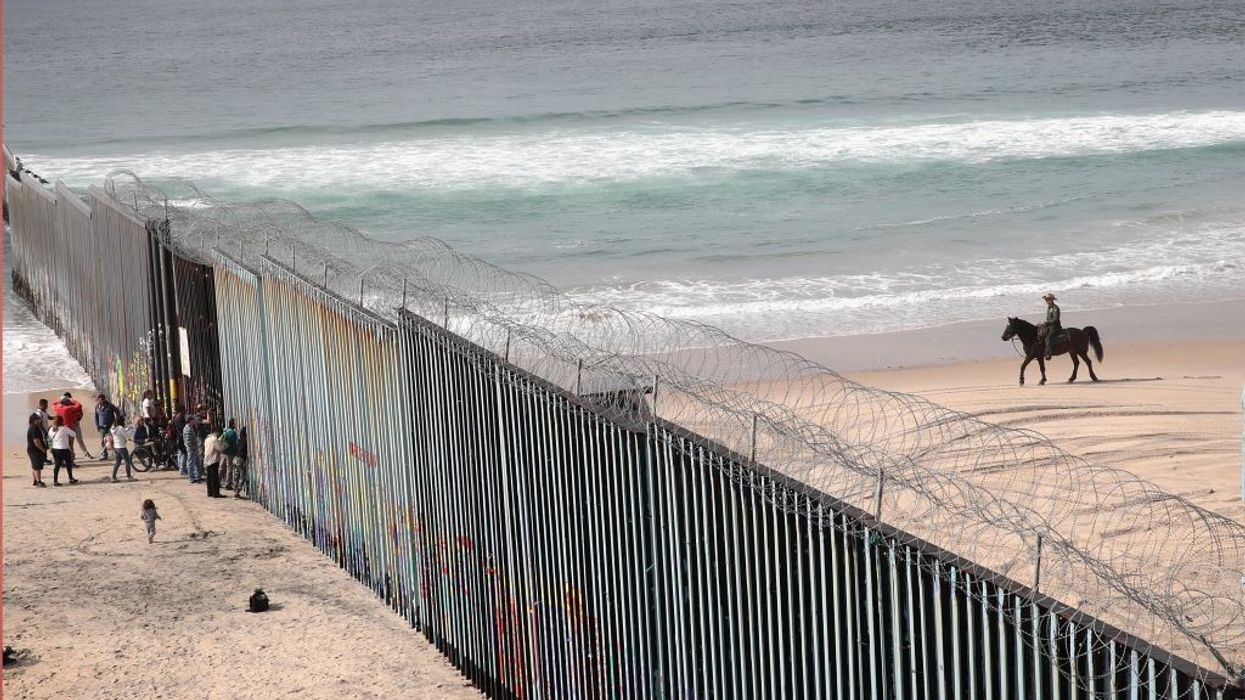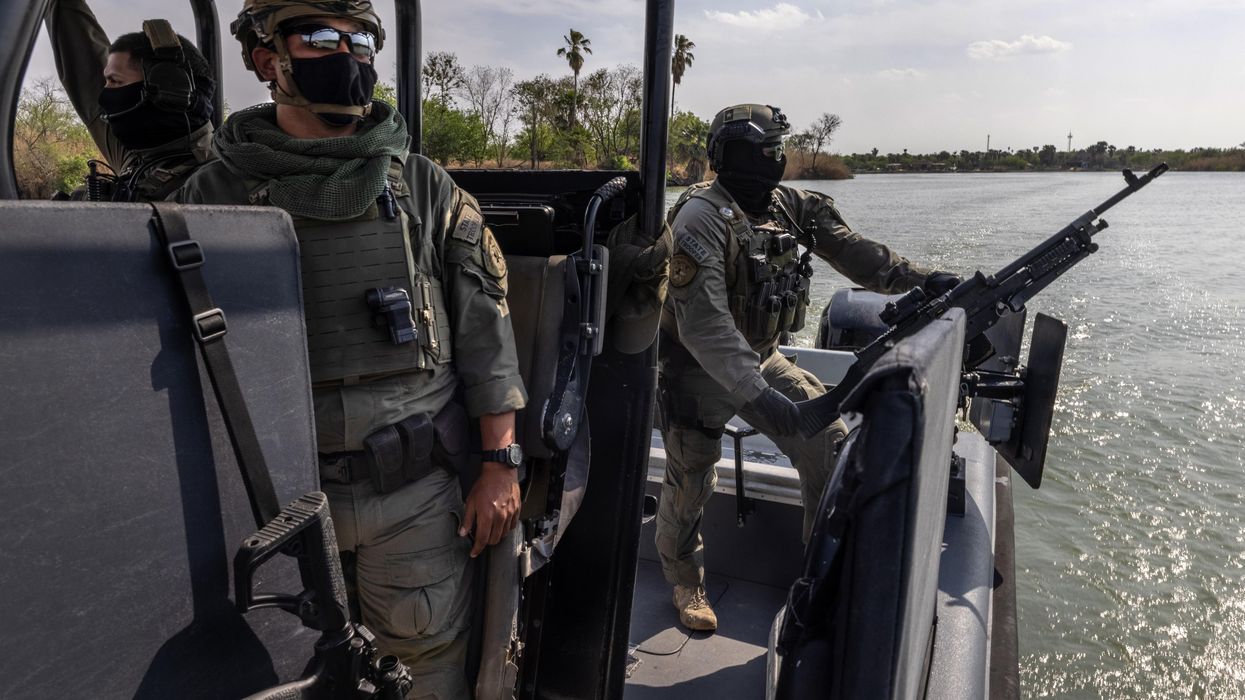How Immigrant Fiction Can Reshape American Realities
As the politicos do their darndest to render the Statue of Liberty little more than a New York City tourist trinket, what can American immigrant literary fiction offer our nation in terms of imagining a more welcoming, inclusive, and promising future?
Immigrants have been reshaping America since the pilgrims landed on Plymouth Rock. Or perhaps earlier than that fateful day in 1620, if you count Viking excursions dating back to 1021 and Spaniards landing in Florida in 1513. After the subjugation and genocide of the continent’s Indigenous people, and the establishment of the United States, wave after wave of newcomers from all over the globe, forced and unforced, have helped build what so many call “a nation of immigrants.”
Despite those facts, immigration has always been a topic of debate and a lightning rod for racism, xenophobia, and nationalism, a tool of political manipulation that appeals to people’s worst instincts and fears. Since the political rise of Donald Trump and his descent down that golden escalator in 2015, the debate on immigration and the US-Mexico border has shifted considerably to the right, after decades of centering on moderate concepts calling for comprehensive immigration reform and enhanced border security.
In the 2024 election cycle, both parties have skewed further in the same direction, narrowing the debate and placing immigrants and their advocates in an ever-tightening corner, with Republicans calling for mass deportations and Democrats supporting limits to asylum for refugees and backing away from providing public services (such as health and education) to undocumented immigrants and their children.
As the politicos do their darndest to render the Statue of Liberty little more than a New York City tourist trinket, what can American immigrant literary fiction offer our nation in terms of imagining a more welcoming, inclusive, and promising future?
Humanity, New Visions, and Hope
We are all human beings. To me, that’s what any good book reminds us of at its core. Authentic immigrant stories chronicle the desperation, urgency, and desire for safety and progress that drive immigrants to America’s shores in the first place. Immigrant and multicultural literature explore the process of becoming American, the rifts between immigrant generations and those born and raised here, and the sacrifices and rewards experienced by families and communities through acculturation, assimilation, and simply the act of living in a country full of promise yet also torn apart by a legacy of racism and discrimination. But, no matter where the readers and the writers come from, when one walks in the shoes of another, one gains empathy. In this way, immigrant literature builds bridges that foster unity in our shared humanity and multigenerational American experience.
Before embarking on my own journey as a writer of literary fiction steeped in the immigrant experience, some of the books that most deeply touched me were likewise immigrant or multicultural narratives. Even though they may not have been specifically about the Latino perspective, I saw myself and my family reflected in their characters’ struggles and dreams. At an early age, that experience as a reader opened my mind to cultures other than my own.
I did not get to New York City until I was a college student in New England, but I felt like I’d been there as a child making Jewish friends in the tenements of Henry Roth’s Call It Sleep. I never spent a night in Harlem, but I could feel the dust on the floorboards and the tension between father and son in James Baldwin’s Go Tell It on the Mountain. I’d never seen a ghost, but I saw myself and began to recognize my own voice as a writer in Gabriel Garcia Márquez’s One Hundred Years of Solitude.
When we recognize our genuine shared God-given humanity, the man-made machinations of maps fall into the shadows and the hope of who we could be and what we could do if we embrace each other lights the way in a blaze of glory.
When we see each other as more the same than “other” and “different,” we see that artificial constructs—such as borders and citizenship and legal documents providing permission for human beings to live in peace on various patches of the Earth’s soil drawn on maps by men who waged and won wars decades or centuries past—are just that: artificial, man-made, and by their very nature should be malleable. To connect and lift each other up, we must work toward more togetherness and less division.
Immigrant fiction is a laboratory for the creation of new visions for where we could go as a nation, as a continent, as a people united rather than divided. Just like science fiction has laid out blueprints for many of the high-tech devices and inventions that are now either fixtures in our daily lives or soon to revolutionize the way we live, immigrant fiction can help us imagine, envision, and thus create a new reality.
In my novel, The Resurrection of Fulgencio Ramirez, I imagine a world where a multigenerational utopia is built on a city that straddles both sides of the Rio Grande, a place where not just the borders between nations fade away but also those between life and death. In a manuscript I’m currently working on, I envision an America where someday there will be no borders at all. The walls and fences will be pulled down. The coils of razor wire will be retired. The militarized forces will be deployed elsewhere, far from the fertile farmlands of the Rio Grande Valley, far from the vast and perilous Chihuahuan Desert. The river will gleam with promise and flow in tranquility as it snakes its way like a shimmering serpent toward the Gulf of Mexico. Bridges will be built. And people will move safely back and forth, north and south, along with trade and commerce. When this happens, cultural harmony will rise, economies will boom, and illegal narcotics, weapons, and human trafficking will become ancient history.
Imagine that. Instead of masses huddled along fences and politicians saber rattling and fearmongering, countries will work together to solve the hemispheric problems that they cannot solve alone. Stronger than ever, fueled by access to opportunity and more affordable labor, the combined Americas will be able to compete with the surging global powerhouses of China and India.
For that to happen, we must stop seeing the border as a problem and seize it as an opportunity. We need stories that inspire hope in us, faith that we can see past each other’s differences and find the common ground that binds us together: a love of family and freedom; a desire for each generation to do better than the one that came before; a respect for our fellow human beings regardless of where they were born, the color of their skin, or the language their mother whispered into their ears as newborn babies cradled in their arms.
We all have hearts that ache for love, minds that crave understanding, souls that yearn to be seen. This human connection—cognizant of the pain we all bear as living, bleeding beings but fiercely determined to cling to an optimistic view of the future we can share—drives the narrative arc of my new novel, The Border Between Us. It is the story of an immigrant family, of a young American raised on the border and kept afloat by the love of family and irrepressible buoyancy of the American dream. And many people who have read it have told me how they were touched by it in varied ways.
People didn’t focus so much on the border or the immigrant aspects when they shared their reactions. They mention seeing their own lives reflected in the novel: the strains of complex parent-child relationships, the balancing act between pursuing one’s own aspirations while living up to family responsibilities and obligations, the grief and hardship of losing loved ones before their time. When we recognize our genuine shared God-given humanity, the man-made machinations of maps fall into the shadows and the hope of who we could be and what we could do if we embrace each other lights the way in a blaze of glory.
Listen to me, America. I’m from the border, born and raised. I love the border. And, I believe the borders should be erased. Anyone supporting the proposed mass deportations (as well as the racial and ethnic profiling and vast detentions these would entail) should read Farewell to Manzanar, chronicling the mistreatment of Japanese-Americans during WWII. They should also do some research on the inhumane Operation Wetback, through which over 1 million Mexican migrant workers were deported in the 1950s. These are cautionary tales from our not-so-distant past.
We can be more than we are today as a nation and as a people. For that to happen, we must avoid the errors of the past, stop limiting ourselves, and expand our horizons. Until then, pick up some immigrant or multicultural fiction, learn from history, and imagine the possibilities. Someday, we can turn honest memories and empathetic visions into a new and more welcoming reality.


